3 Key Takeaways:
1. Eating foods high in fibre such as leafy greens, legumes, and whole grains can help improve OAB symptoms.
2. Staying hydrated by drinking enough water regularly can also help reduce OAB symptoms.
3. Exercising regularly can help strengthen the muscles in the bladder and improve OAB symptoms.
 Overactive bladder is a condition that affects many people, and the effects can be very uncomfortable. It is important to understand potential dietary causes for your OAB and learn about foods that you can eat to help improve your bladder health. In this article, we will discuss what an overactive bladder is, potential causes, diet tips, and foods to avoid to improve your bladder health.
Overactive bladder is a condition that affects many people, and the effects can be very uncomfortable. It is important to understand potential dietary causes for your OAB and learn about foods that you can eat to help improve your bladder health. In this article, we will discuss what an overactive bladder is, potential causes, diet tips, and foods to avoid to improve your bladder health.
What is an Overactive Bladder?
An overactive bladder (OAB) is a condition that affects the bladder by causing sudden, uncontrollable urges to urinate, even when your bladder is not full. These sudden urges can make everyday life uncomfortable and difficult, leading to embarrassment, and lack of time to get to a bathroom quickly. Common symptoms of overactive bladder include an urgent and frequent need to urinate, a feeling of not being able to hold onto the urine, and an increased need to “go” at night.
Potential Causes of Overactive Bladder
Your diet is one of the most influential factors in your bladder health. Certain nutrients in foods can have an influence on your urinary tract and bladder, including some minerals and vitamins. Additionally, certain foods may promote overactive bladder, including foods and drinks that are high in caffeine and artificial sweeteners. Furthermore, unhealthy eating habits, such as skipping meals and eating later in the day, may also play a role in the development of bladder issues.
To help improve OAB, it’s important to look at the foods and beverages you’re consuming and make changes to your diet. Here are some diet tips that may help improve your OAB.
Foods That Can Help Improve Overactive Bladder
To improve your overactive bladder, it’s important to focus on adding certain healthy goodies into your diet. Eating certain herbs and spices, such as turmeric and ginger, may help reduce inflammation in the bladder and provide relief of OAB symptoms. Fruits and vegetables, such as apples, bananas, and carrots, may also provide relief of symptoms. Additionally, including some whole grains in your diet, such as brown rice and oatmeal, may help improve OAB symptoms.
Changes in Diet and Lifestyle That Can Help Reduce Symptoms of Overactive Bladder
In addition to including more fruits and vegetables in your diet, adding fibre can also help improve OAB. Fibre soaks up water, which can help with controlling bladder urges. Eating foods high in fibre like leafy greens, legumes and whole grains can help with improving the OAB symptoms.
Drinking water is also key for controlling OAB symptoms. Staying hydrated throughout the day helps keep your body running, and in turn, helps regulate your bladder. Drinking enough water regularly can help reduce OAB symptoms.
Finally, getting regular exercise is important for improving OAB. Exercise helps strengthen the muscles in the bladder, which in turn may help to stop unwanted bladder urges. Getting regular physical activity can help improve OAB symptoms.
Conclusion:
In conclusion, diet and lifestyle modifications can be effective tools for improving overactive bladder. Eating a balanced diet full of fruits and vegetables, whole grains, and adding fibre to help with water absorption, can help reduce OAB symptoms. Also, drinking enough water to stay hydrated is key for controlling OAB, and getting regular exercise can help strengthen the muscles in the bladder.
At St Pete Urology, we understand how difficult and embarrassing an overactive bladder can be. Our team of experts can help provide advice and options for improving and managing your bladder issues. Contact us today to learn more about how we can help.
References:
- “Frequent Urination in Men and Women: Causes & Treatments.” 15 May. 2021, https://www.webmd.com/urinary-incontinence-oab/frequent-urination-causes-and-treatments.
- “Bladder control: Lifestyle strategies ease problems – Mayo Clinic.” https://www.mayoclinic.org/diseases-conditions/urinary-incontinence/in-depth/bladder-control-problem/art-20046597.
- “Overactive Bladder (OAB): Causes, Symptoms & Treatment.” 13 Sep. 2022, https://my.clevelandclinic.org/health/diseases/14248-overactive-bladder.



 Overactive bladder
Overactive bladder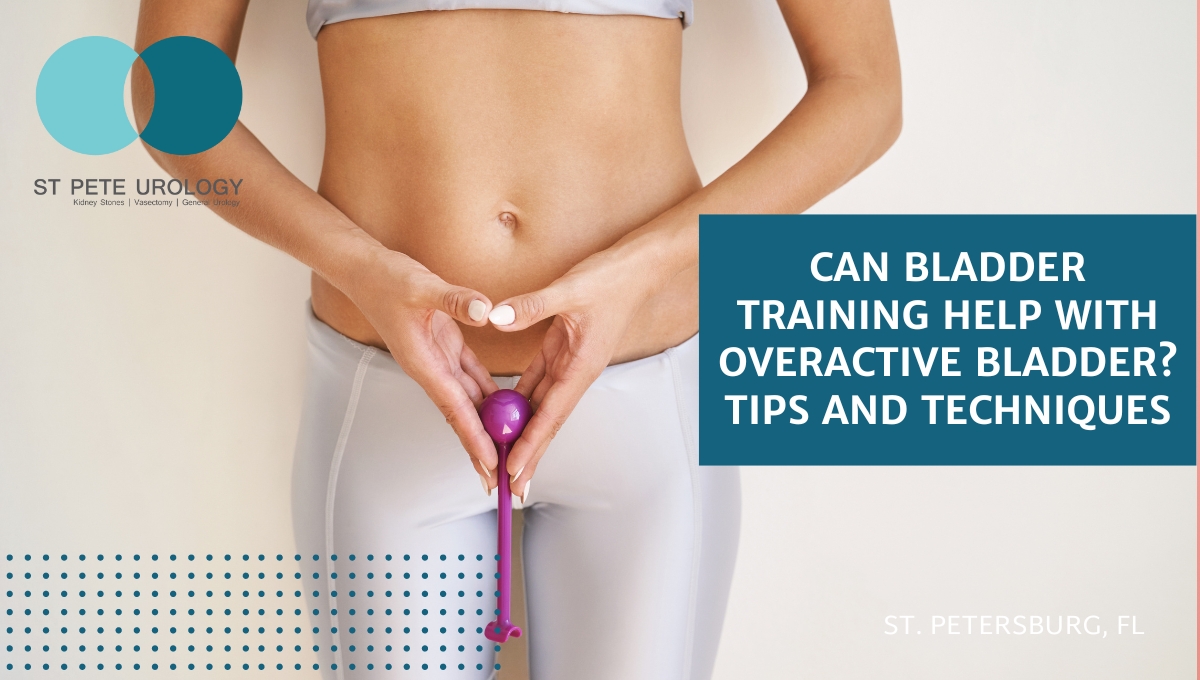


 Many people experience occasional bladder irritation, but for some, symptoms are often more frequent and bothersome. An
Many people experience occasional bladder irritation, but for some, symptoms are often more frequent and bothersome. An 
 Overactive bladder
Overactive bladder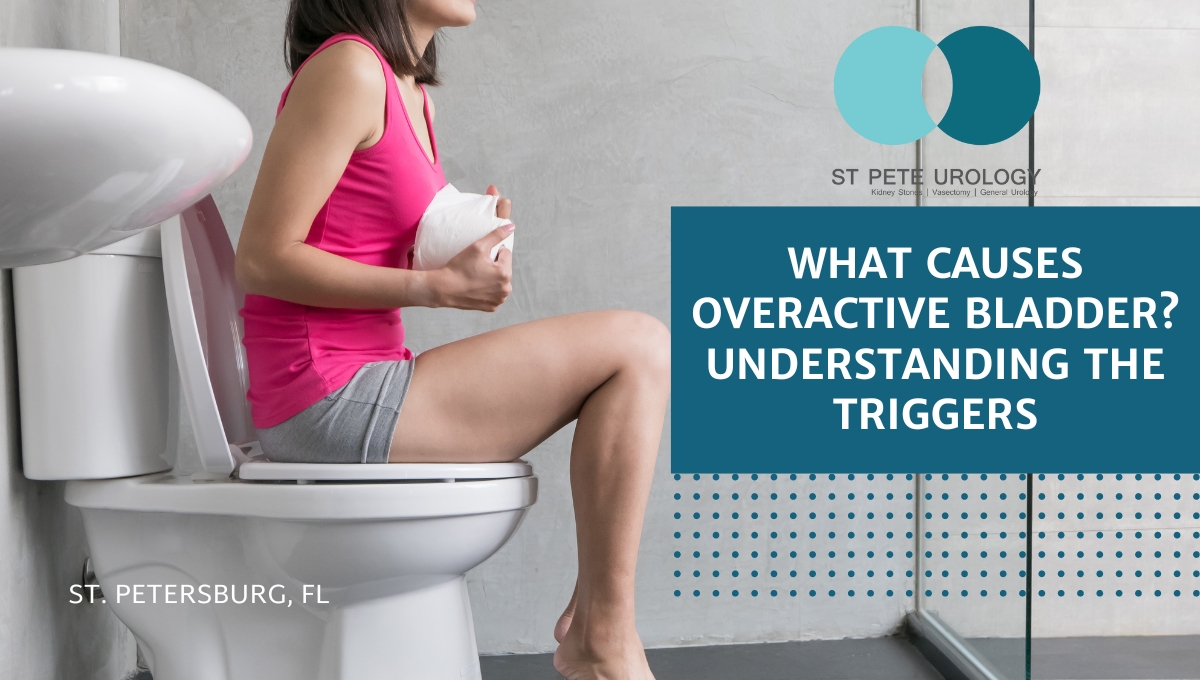
 For anyone suffering from the frequent, sudden, and uncontrollable need to urinate, what causes
For anyone suffering from the frequent, sudden, and uncontrollable need to urinate, what causes 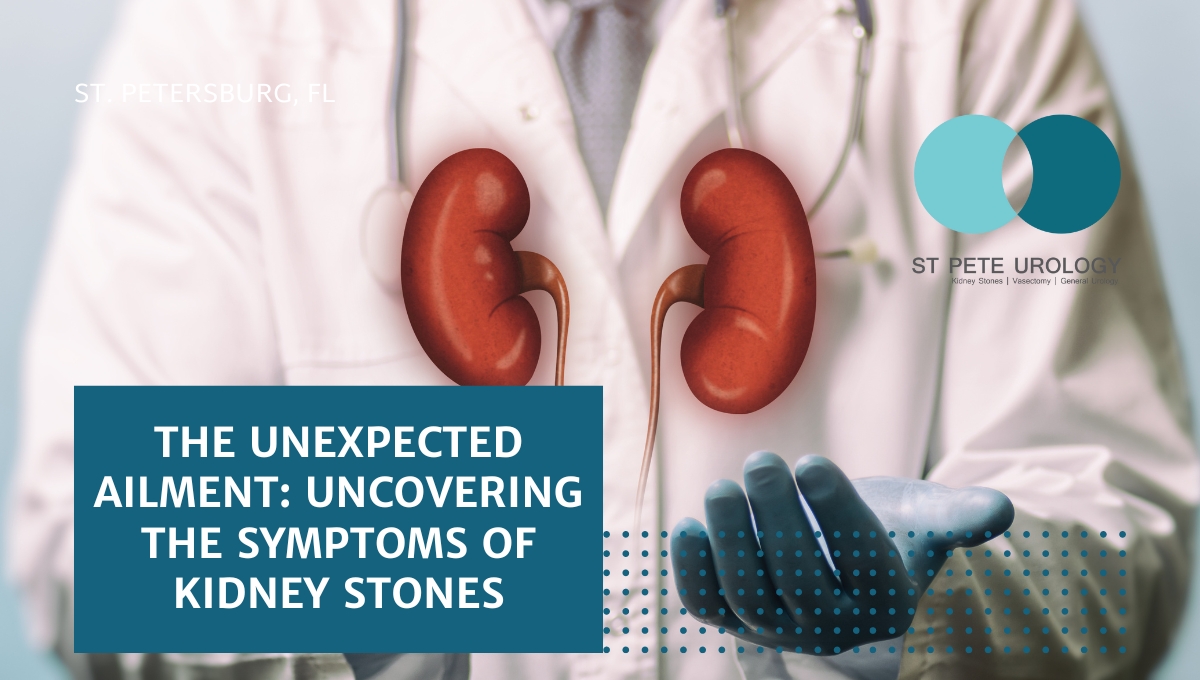
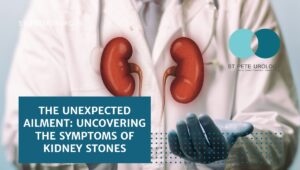 Kidney stones are a common and painful ailment that develop in the kidneys in varying sizes. You may be surprised to learn that the condition isn’t limited to adults and can affect children as well. The causes for
Kidney stones are a common and painful ailment that develop in the kidneys in varying sizes. You may be surprised to learn that the condition isn’t limited to adults and can affect children as well. The causes for 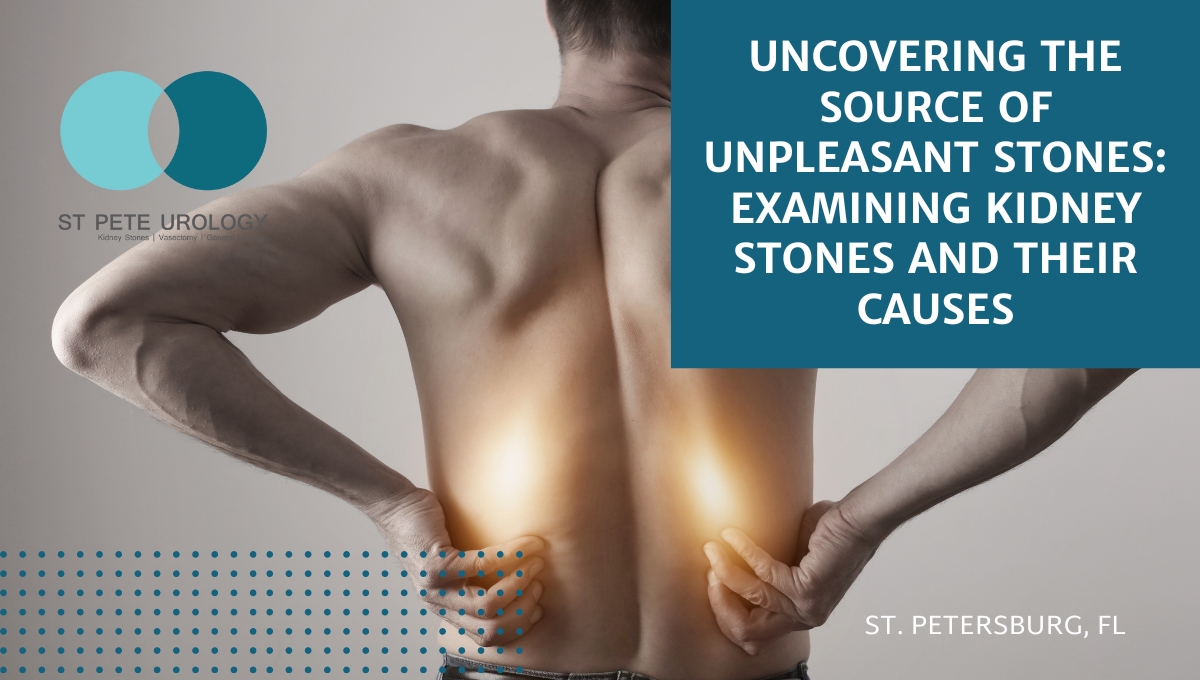
 Kidney stones are a common condition that can cause severe pain. They differ in size, shape, and composition and can develop in one or both kidneys. In some cases, they are so small they pass unnoticed with no attendant symptoms. In other cases, the stones are larger, and the symptoms can be quite severe. Identifying the source of the stones can lead to better treatments and even prevention for many individuals. Knowing the
Kidney stones are a common condition that can cause severe pain. They differ in size, shape, and composition and can develop in one or both kidneys. In some cases, they are so small they pass unnoticed with no attendant symptoms. In other cases, the stones are larger, and the symptoms can be quite severe. Identifying the source of the stones can lead to better treatments and even prevention for many individuals. Knowing the 
 A vasectomy reversal is a surgical procedure that reverses a vasectomy. During a vasectomy, the doctor cuts, blocks, or seals the tubes called vas deferens, thus preventing sperm from reaching semen. During the procedure, a skilled doctor reconstructs the tubes to restore the man’s fertility. Men who have had a vasectomy, but now want to become fathers can benefit from a vasectomy reversal.
A vasectomy reversal is a surgical procedure that reverses a vasectomy. During a vasectomy, the doctor cuts, blocks, or seals the tubes called vas deferens, thus preventing sperm from reaching semen. During the procedure, a skilled doctor reconstructs the tubes to restore the man’s fertility. Men who have had a vasectomy, but now want to become fathers can benefit from a vasectomy reversal. 
 Vasectomies have become an increasingly popular form of permanent contraception for couples who have decided not to have children. But along with this growing popularity comes the question of how much does a vasectomy cost? In this article, we will address the procedure, cost factors, advantages and disadvantages, and more.
Vasectomies have become an increasingly popular form of permanent contraception for couples who have decided not to have children. But along with this growing popularity comes the question of how much does a vasectomy cost? In this article, we will address the procedure, cost factors, advantages and disadvantages, and more.